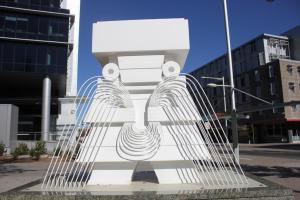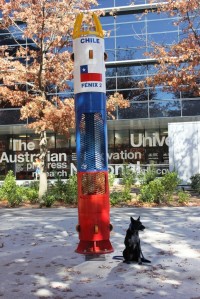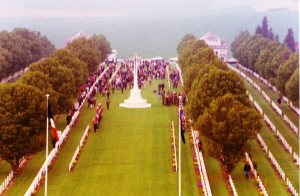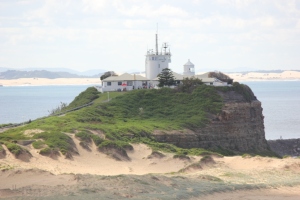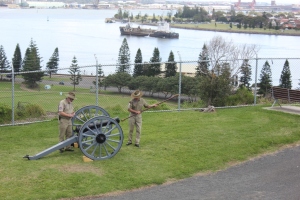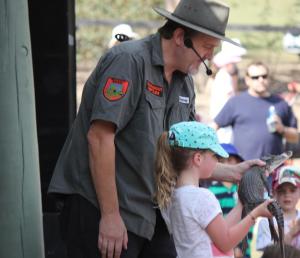Every time I hear a Bad Company song in some random place I am surprised. I seem to forget about that band and how much I loved their music. And then bam, I hear one of their tracks, and I am flooded with emotion – not quite nostalgia because who would want to go back? – but memories of that time, when I didn’t know anything but thought I knew everything.
I wrote about I Tonya a few weeks ago, but I keep thinking about the soundtrack because it’s a cracker. It is full of tracks from the 1970s and early 1980s – before commercial radio was diced and sliced and when the music was either pop or rock – nothing else. So it’s not surprising that at least among my same-age-friends who have seen the film, one of the initial comments is “great soundtrack”.
From Bad Company’s Shooting Star to Fleetwood Mac’s The Chain, Supertramp’s Goodbye Stranger and Dire Straits Romeo and Juliet, the songs selected both perfectly capture the cultural musical references of the movie’s time-setting, and give context to the story on screen. I am not sure what kind of deals are done around placement of songs on movie soundtracks – it’s probably fairly cutthroat – who even remembered Souixie and the Banshees did a version of Iggy Pop’s The Passenger?
Ultimately, the music does its job in supporting the audience’s engagement in the film’s story, moving them through the emotional pathway of the story’s arc – the first time Tonya achieves the triple-axle jump in competition (Foreigner’s Feels like the first time) or Romeo and Juliet (althought I am not sure Tony and Jeff’s love was quite star-crossed). In many ways you could imagine some of these songs being written just for the movie, so perfectly do they match up.
https://itunes.apple.com/us/album/i-tonya-original-motion-picture-soundtrack/1318163084



